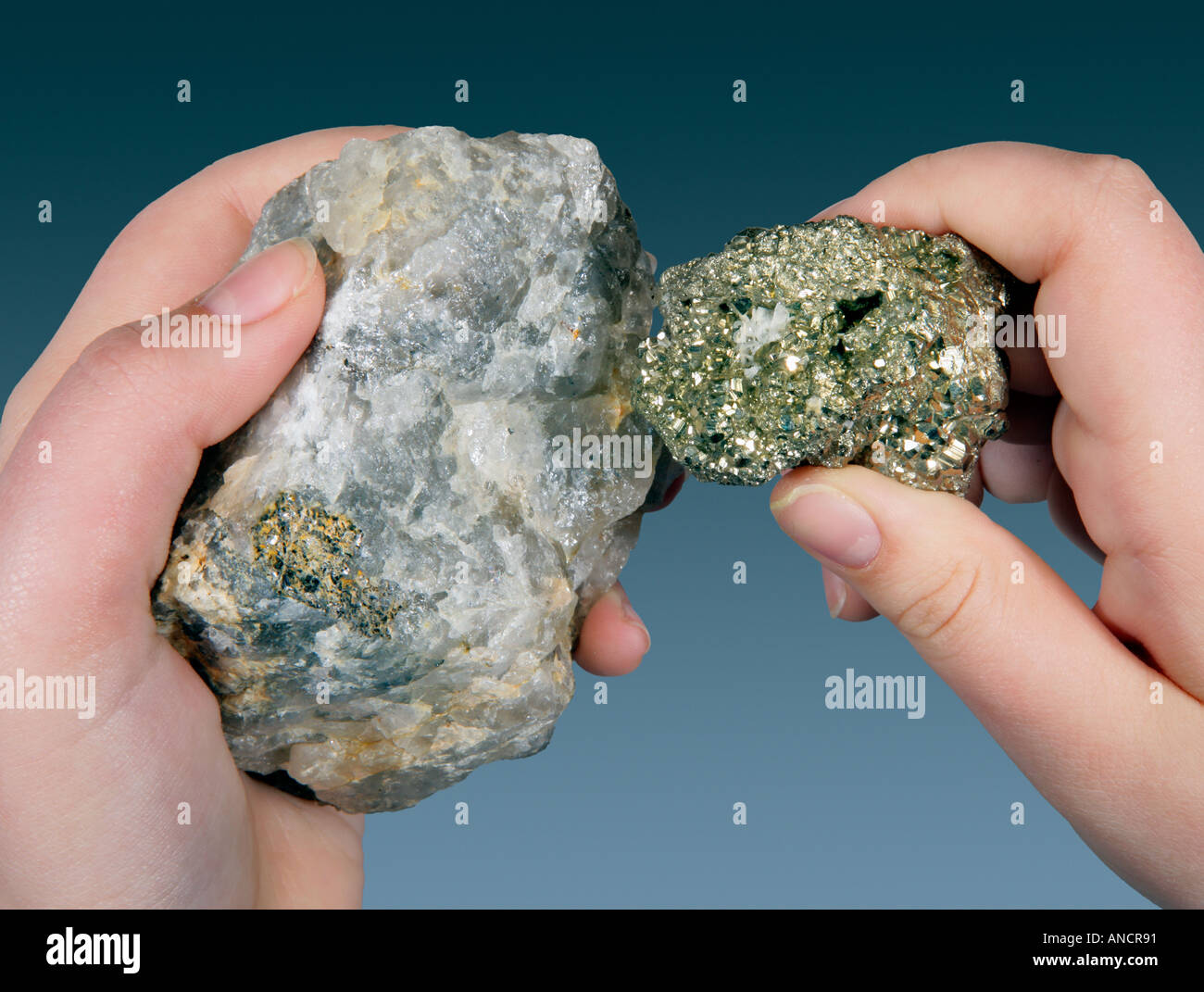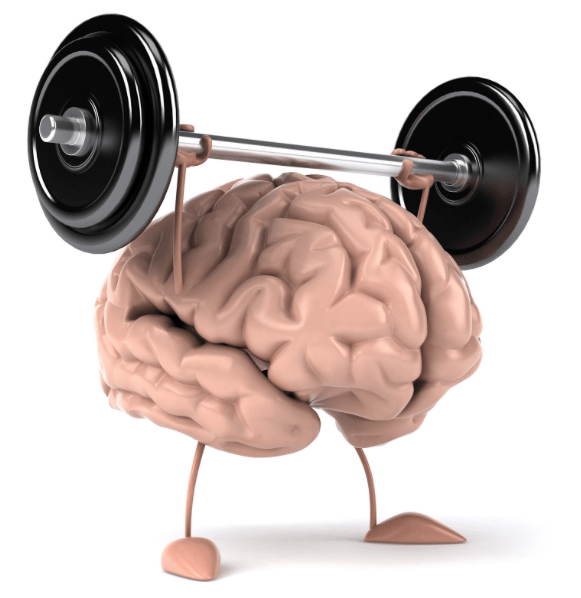LAST POST
- Metals: A solid material which is typically hard, shiny, malleable, fusible, and ductile, with good electrical and thermal conductivity.
Non-ferrous
Aluminium:
- Aluminium is a chemical element with symbol Al. It is a silvery-white, soft, nonmagnetic and ductile metal in the boron group.
Copper:
- Copper is a chemical element with symbol Cu (from Latin: Cuprum). It is a soft, malleable, and ductile metal with very high thermal and elecrical conductivity.
Lead:
- Lead is a chemical element with symbol Pb (from the Latin plumbum). It is a heavy metal that is denser than most common materials.
Nickel:
- Nickel is a chemical element with symbol Ni. It is a silvery-white lustrous metal with a slight golden tinge.
Tin:
- Is a chemical element with the symbol Sn (from the Latin: Stannun).
Ferrous
- Iron:
- A chemical element is a species of atomshaving the same number of protons in their atomic nuclei (that is, the same atomic number, or Z).
- Steel:
- Cast iron:
- Cast iron is a group of iron-carbon alloys with a carbon content greater than 2%.
Material properties
- - Hardness Resistance to scratching and pressure. Hardwood does not mark as easily as softwood.
 - Strength Amount of force needed to break a material usually by pushing or pulling down.
- Strength Amount of force needed to break a material usually by pushing or pulling down.
-Toughness Resistance to breaking by cracking, opposite to ‘brittle’. -Stiffness Amount of force needed to change the shape of a material, opposite to flexible.
-Stiffness Amount of force needed to change the shape of a material, opposite to flexible. - Elasticity Ability to return its original shape when a force is removed eg rubber band.
- Elasticity Ability to return its original shape when a force is removed eg rubber band. - Plasticity Ability to retain the new shape when a force is removed eg plasticene.
- Plasticity Ability to retain the new shape when a force is removed eg plasticene. - Absorbency Ability of a material to soak up a liquid.
- Absorbency Ability of a material to soak up a liquid. - Waterproof Resistance to liquids, repels water.AlloysCopper: Zint, aluminium, silicon, nickel. (Non-ferrous)Aluminium: Copper, nickel, magnesium. (Non-ferrous)Iron: Nickel, Chromium. (Ferrous)Super ConductorsIngot, targets, powder, wire, and rod.
- Waterproof Resistance to liquids, repels water.AlloysCopper: Zint, aluminium, silicon, nickel. (Non-ferrous)Aluminium: Copper, nickel, magnesium. (Non-ferrous)Iron: Nickel, Chromium. (Ferrous)Super ConductorsIngot, targets, powder, wire, and rod.
I like very much technology because we learn a lot of different things, and we do projects in pairs and it's good to make new friends. But sometimes this projects are difficult or very long work. Starting making mindfulness is good because you start the class very relax, but if your partners are talking all the time, you can stress and you cannot concentrate.









No hay comentarios:
Publicar un comentario